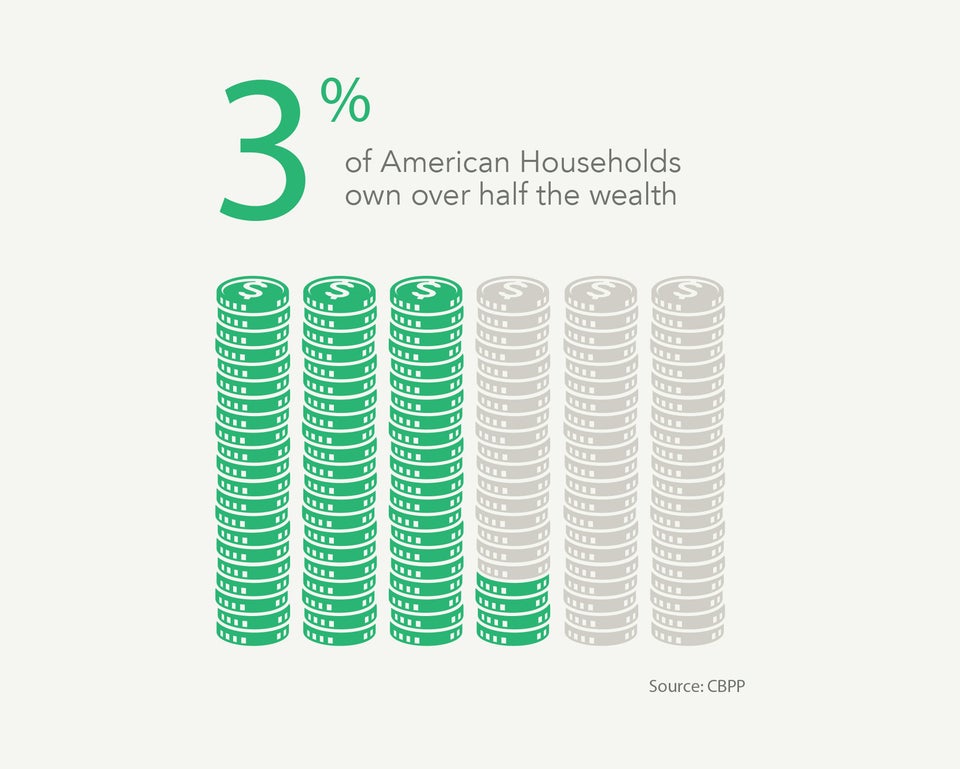
American workers’ economic productivity continues to grow much faster than their pay, according to a new study published Wednesday. This divergence, the study asserts, is a key contributor to the widening income gap that both political parties have focused on during the runup to the presidential election.
The study, conducted by the left-leaning Economic Policy Institute (EPI), finds that from 2000 to 2014, American workers’ total productivity increased 21.6 percent, while the median worker’s compensation, including pay and benefits, rose just 1.8 percent.
The new data continue a trend that goes back decades. From 1973 to 2014, American worker productivity increased 72.2 percent while median worker compensation rose just 8.7 percent. From 1948 to 1973, by contrast, typical worker compensation and productivity grew at roughly the same rate.
Note: This graph measures the growth of average hourly compensation of production/nonsupervisory workers, since it is the only reliable proxy for median compensation that is available going back to 1948. As a result, the numbers in the graph differ slightly from those cited earlier in the story.
Productivity measures the amount of GDP, or economic activity, a worker generates per hour worked. Politicians sometimes claim that boosting productivity is the secret to improving Americans’ living standards, but many economists argue that increased productivity alone has little value unless it is accompanied by growth in wages and benefits.
The causes of the disparity between wages and productivity, the EPI report says, are policies that favor stockholders and corporate executives over workers.
Specifically, two changes that have depressed median worker pay since 1973 are to blame for the vast majority of the growing productivity-pay gap, the report says. A greater share of wealth has gone to capital owners, rather than into worker compensation. And, to the extent that compensation has increased, a disproportionate share of the gains has gone to top executives and managers, who represent a small fraction of the overall workforce.
"The fact that, for decades, productivity and pay tracked each other, and then that link was broken rather suddenly in the late 1970s, is clearly reflective of policy decisions," said Josh Bivens, the EPI’s research and policy director and one of the paper’s co-authors. "We switched to a policy regime … that intentionally shifted bargaining power away from low- and moderate-wage workers to corporate managers, capital owners and a very narrow slice of privileged workers at the top."
Policy culprits include the failure to raise the minimum wage enough to keep pace with inflation or to adapt labor laws to make it less difficult for workers to unionize, the paper's authors say. They also point to economic policymakers' abandonment of full employment as a policy priority.
“What’s really important to recognize is that we got no growth bonanza as a result of this policy shift,” Bivens said.
However, “policy changes made on behalf of those with the most income, wealth and power” are reversible, said Lawrence Mishel, the EPI’s president and the paper’s co-author. He suggested that people who want to benefit more from productivity growth need to assert themselves democratically and make raising wages, benefits and the quality of available jobs more of a priority for politicians putting out policy platforms.
The authors cautioned that the Federal Reserve shouldn’t raise interest rates, as it is rumored to be considering, until wages are growing twice as fast as they are now. Any rate increase before the end of the year, Bivens said, would harm wage growth.
Also on HuffPost:
